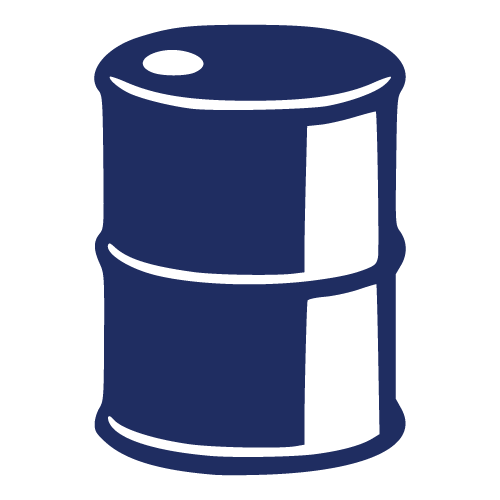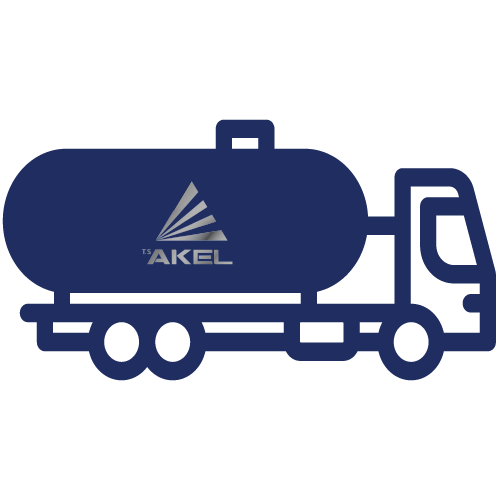PROPYLENE GLYCOL METHYL ETHER ACETATE (PMA)
- Cas No: 108-65-6
- EINESC No: 203-603-9
- Molecular Weight: 132,159 g/mol

Tin
-

Barrel
140 Kg

IBC
700 Kg

Pouring
5-25 Ton
Physical characteristics
- General Properties: Colorless liquid
- Odor: Ether-like
- Density: 0.962 g/cm3
- Boiling Point: 146 °C
- Melting Point: -67 °C
- Flash Point: 43 °C
- Vapor Pressure: 3.8 mm Hg at (25 °C)
- Refractive Index: 1.339 nD
- Solubility(in water): 19.8g /100mL
production
It is produced by using propylene glycol methyl ether acetate, acetic acid and 1,2-propylene glycol-monomethyl ether. 12-tungstophoric acid is used as a catalyst in this reaction.
General features
Propylene glycol methyl ether acetate, abbreviated as PMA, is a colorless liquid with a pleasant ether-like odour. It shows hygroscopic property and is extremely flammable. Thanks to its high boiling point, it acts as a drying retarder and stabilizes the evaporation rate of solvents. At the same time, PMA has low polarity and reduces the viscosity of solvents when mixed with solvents.
Usage areas
Propylene Glycol methyl ether acetate; It is used as a component in paints, inks and cleaners. Many house paints and automotive varnish coating products contain PMA. PMA is also used in pesticides and varnishes. Propylene Glycol is also a suitable solvent for polyurethane/isocyanate and epoxy coatings.
Safety Precautions and Toxicity
Propylene Glycol methyl ether acetate is highly flammable and unstable at elevated temperatures. Therefore, it should be stored in tightly closed containers and in cool places, and it should never be exposed to open flame. PMA is highly irritating to the skin and especially to the eyes. It is harmful if inhaled and swallowed. If taken in high concentrations, it can cause serious damage to the central nervous system.

